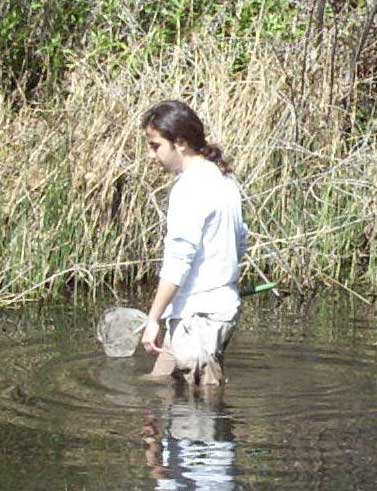
Christos Mammides
M.A. Conservation Biology, 2006
The Effects of Human Disturbance and Food Supply on the Population Densities of Three Primate Species in the Kakamega Forest, Kenya
While human disturbance and food availability are two major factors thought to determine primate abundance, evidence for their importance is uneven. In this study, I assessed the effects of disturbance and food availability on three primate species: Cercopithecus mitis (blue monkeys), Cercopithecus ascanius (redtail monkeys) and Colobus guereza (eastern black and white colobus monkeys), in Kakamega Forest, western Kenya. The study was conducted in four different areas of the forest, all found in the southern part where disturbance levels are higher. Group densities of blue monkeys and black-and-white colobus are higher in areas where disturbance levels are also higher. This was not true for redtails for whom disturbance does not seem to have an effect on group densities.
Food availability, measured by basal area density of food trees, did not correlate with the group densities of any of the three monkeys. There are several reasons why the basal area density I calculated may not accurately have reflected food availability, obscuring a real relationship. The diversity of food trees, another potential measure of food abundance, did correlate with group densities of blue monkeys and colobus, and the correlation suggests that the availability of food may positively influence monkey density. Group densities of redtails did not correlate with diversity of food trees, or any other variable examined suggesting that factors other than those considered in this study, such as disease, may have influenced the abundance of this species particularly.
Christos completed his Ph.D. at Imperial College (London) in 2012. He is currently Associate Professor at Guanxi University, China.
Publication from Master's research:
- Mammides, C., Cords, M. & Peters, M. 2008. Effects of habitat disturbance and food supply on population densities of three primate species in the Kakamega Forest, Kenya. African Journal of Ecology 47: 87-96.
Top